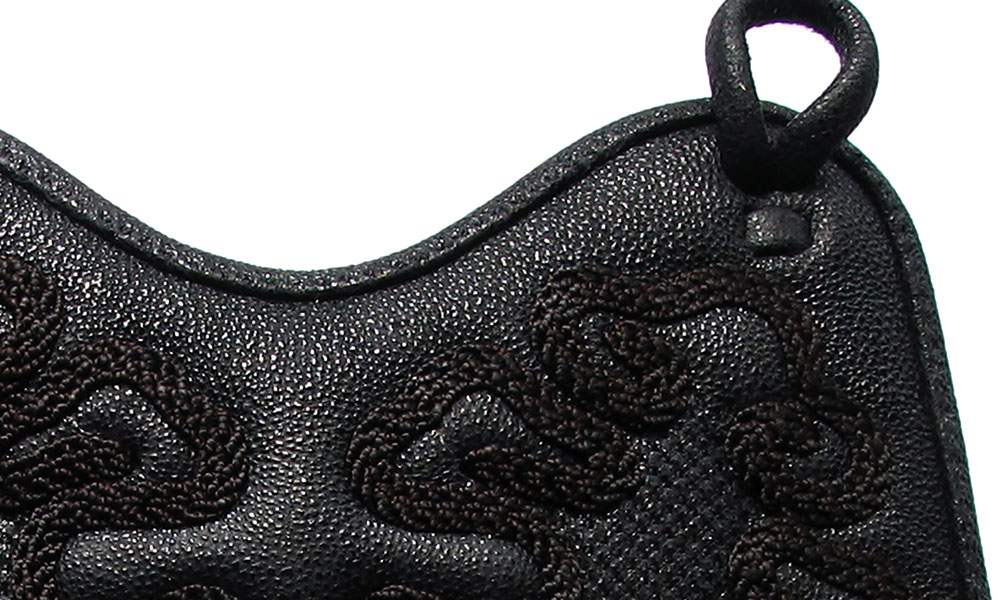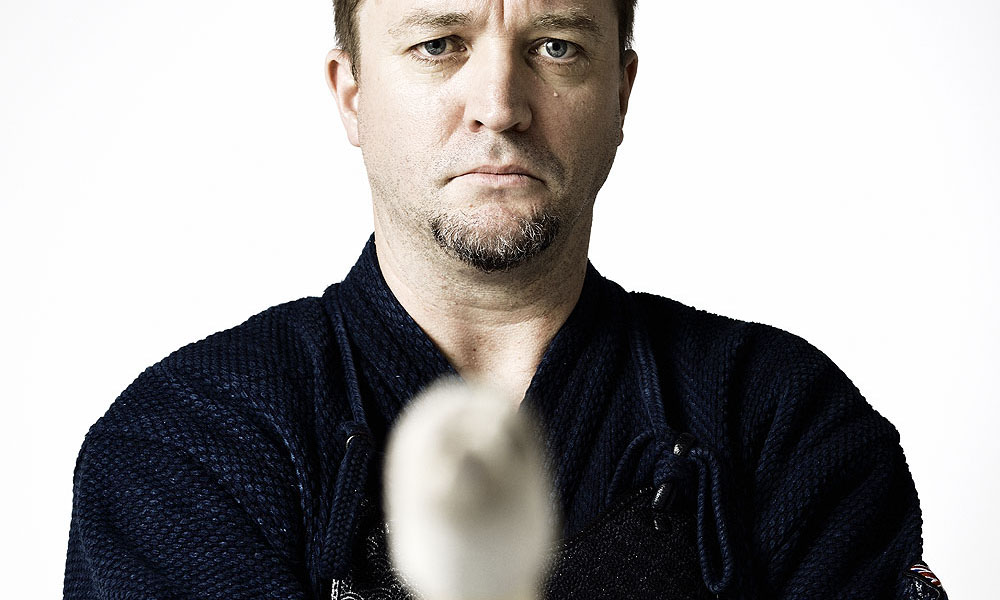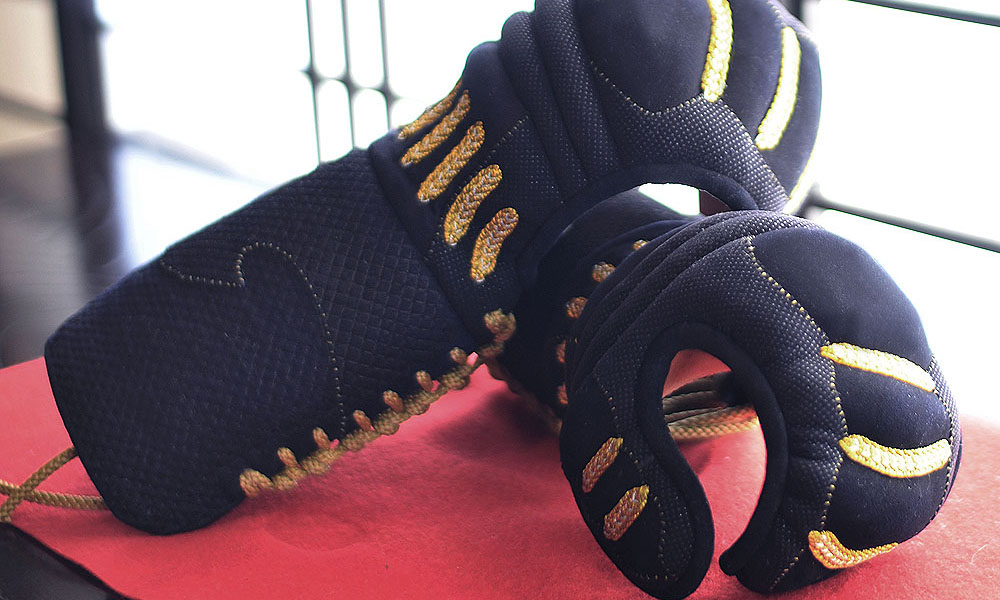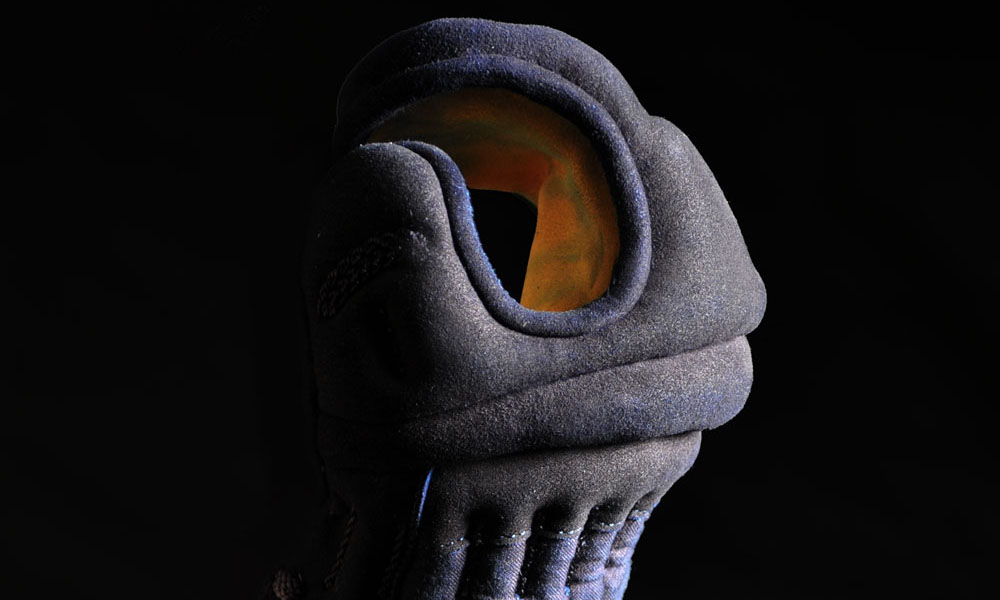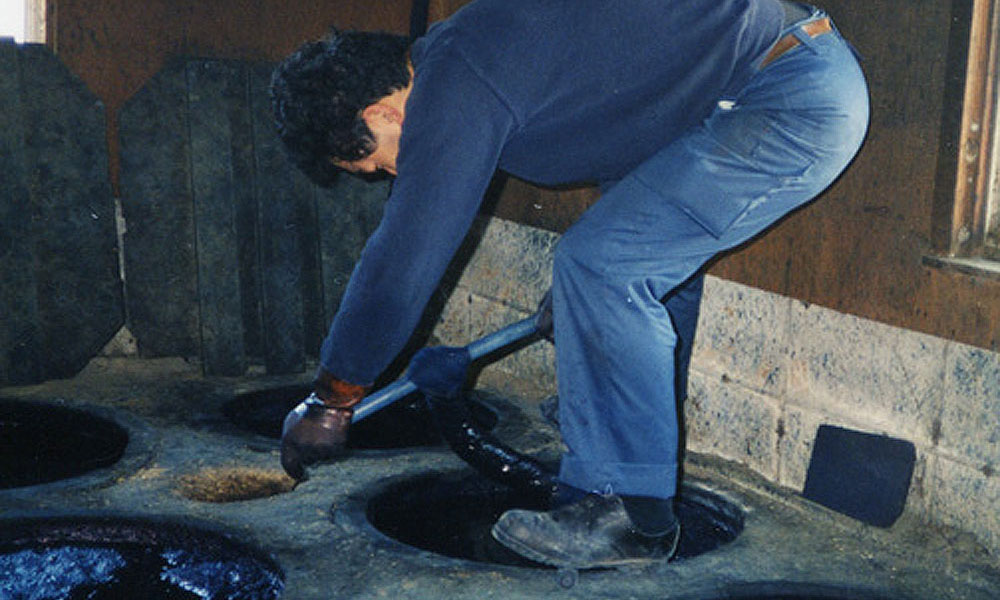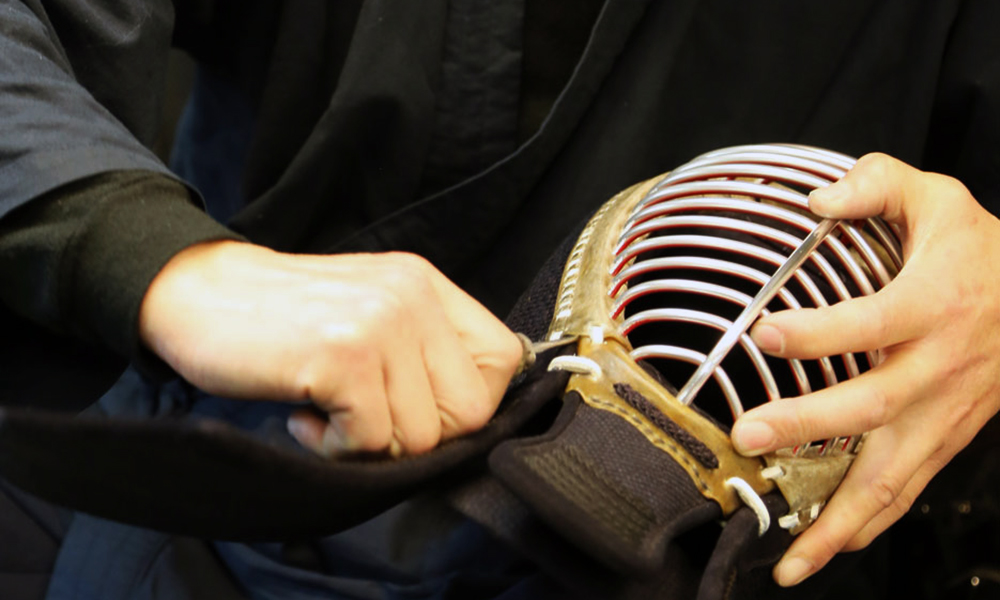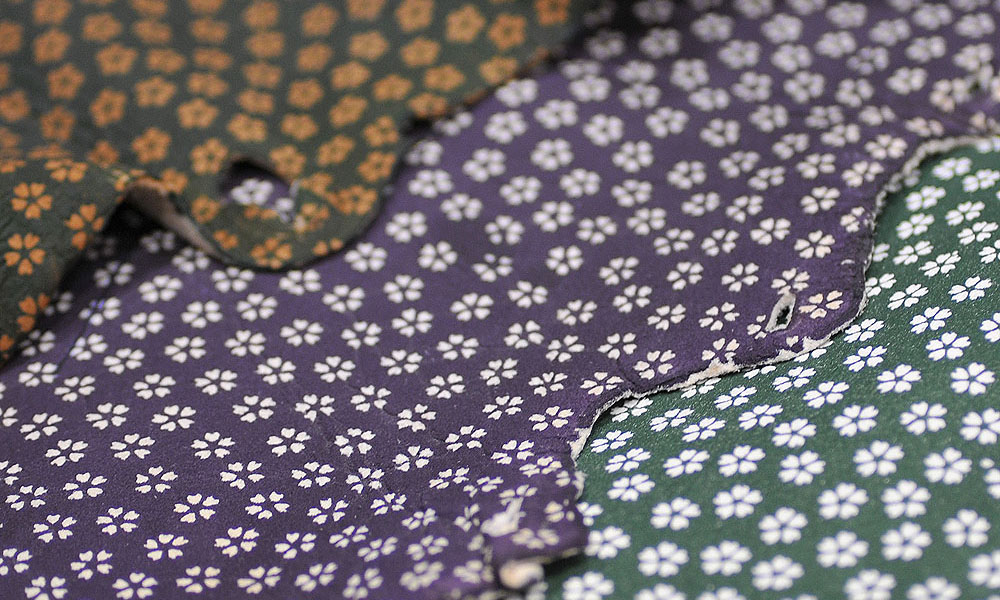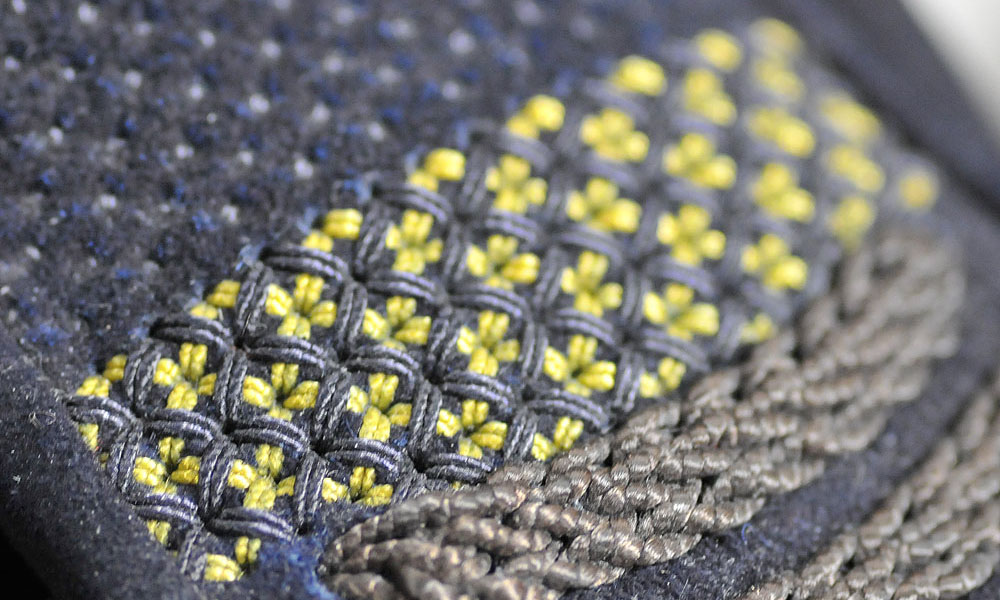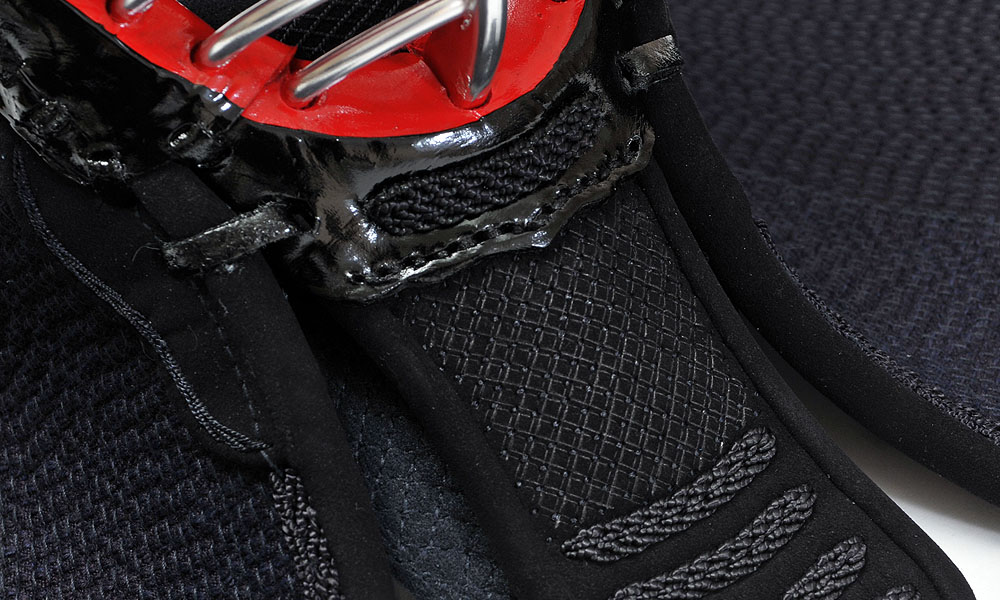Clouds and Pine Trees That Protect Kenshi
The Kendo Mune has some decorations around the chest other than the beam of light. It is woven around the beam in a Kumo pattern (cloud), Matsu pattern (pine tree), or a combination of the two. The Kumo pattern has two lines meeting together from left and right before creating Read More


